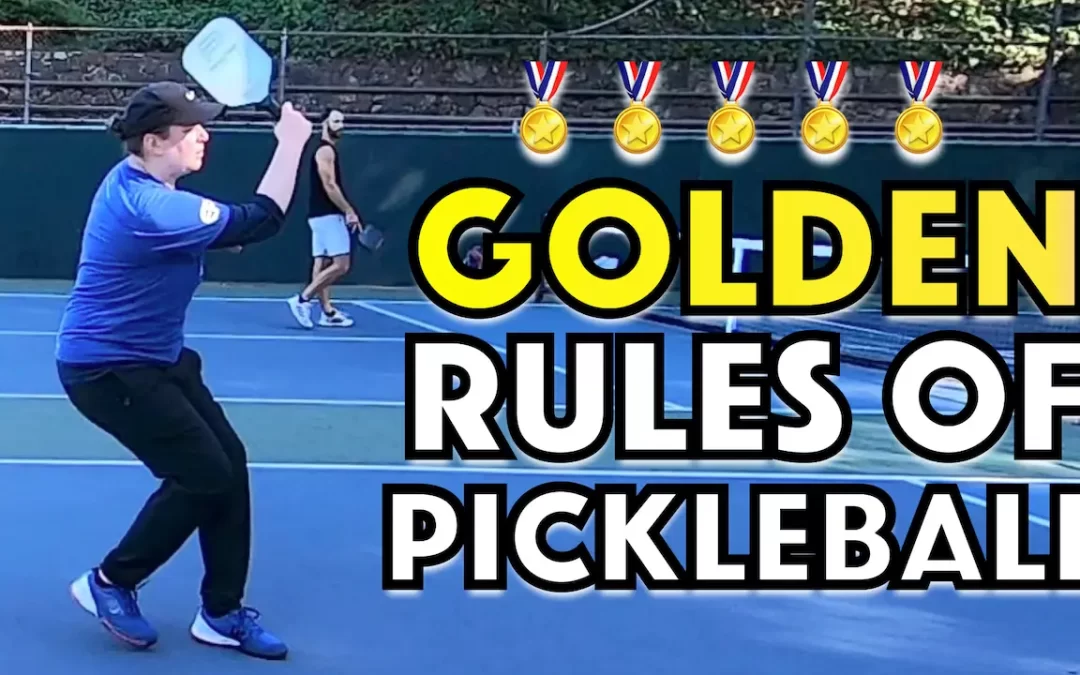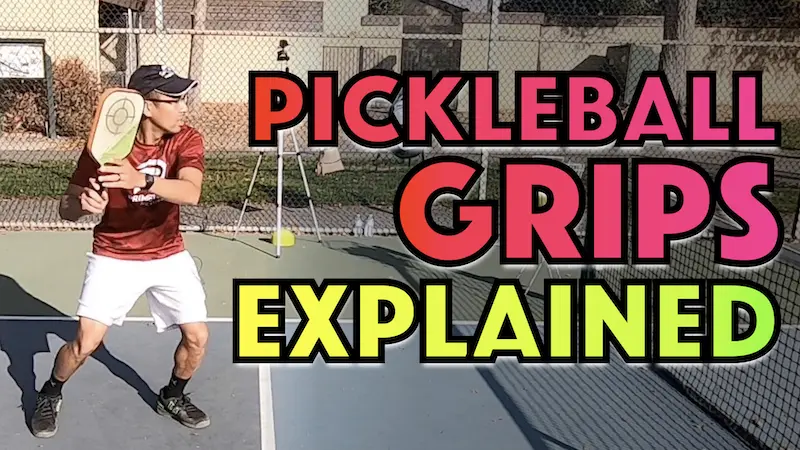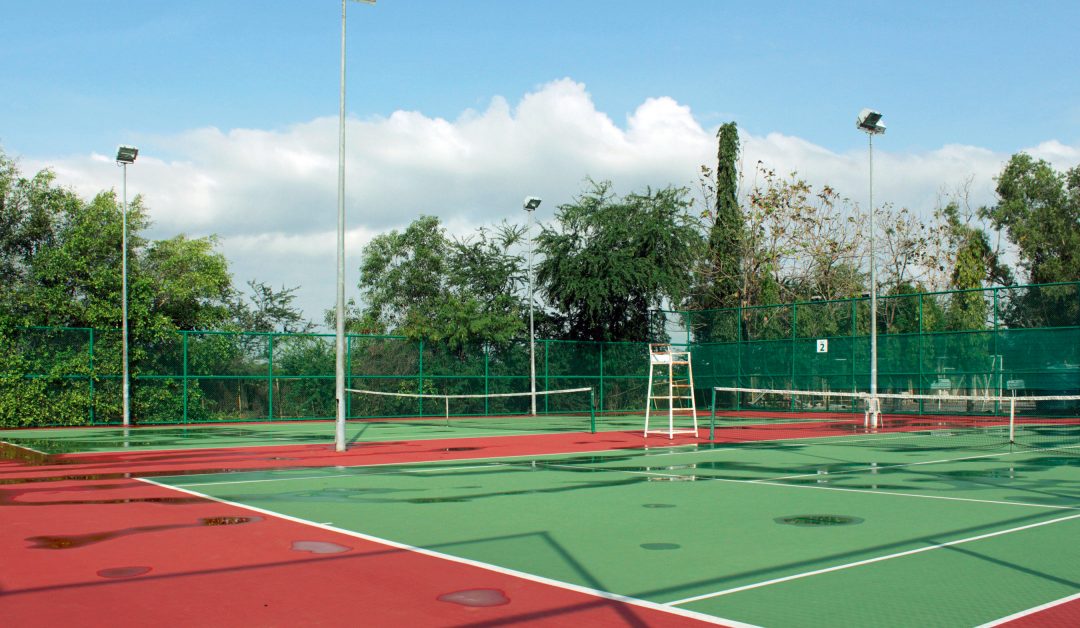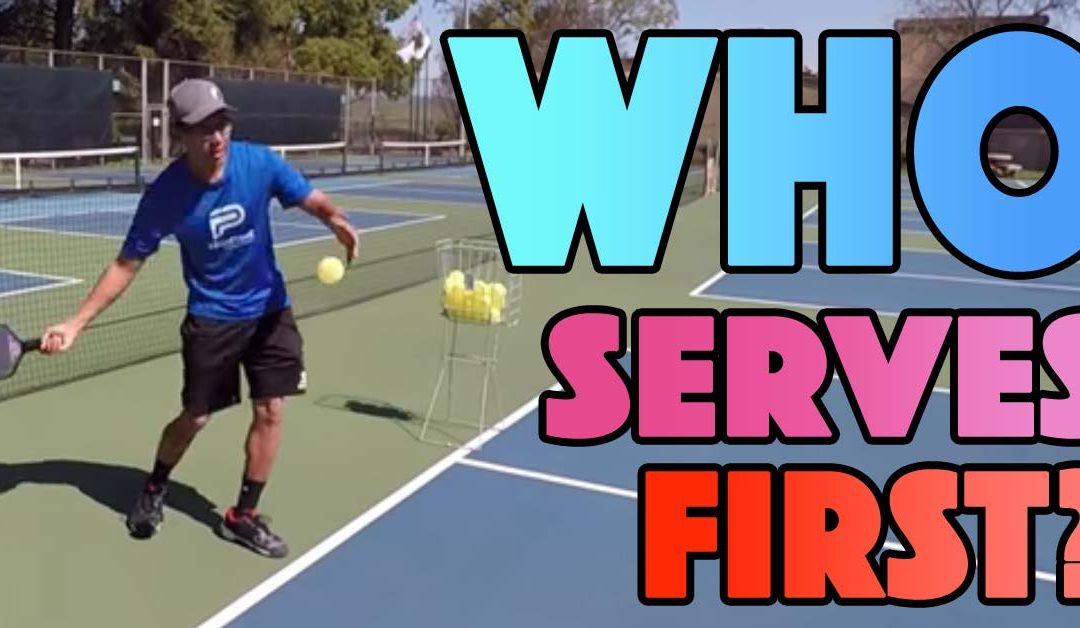Does forehand really take the middle?
Across pickleball courts nationwide the prevailing rule of thumb for the middle ball is that the forehand takes it.
The reasoning offered is that usually, both players have a stronger forehand than backhand.
And typically, with two players of comparable skill, of the two strokes in the middle, the forehand will be the stronger shot.
Therefore, the player with their forehand in the middle can handle that middle ball better, and also possibly do more damage with it than the player using their backhand in the middle.
But is that really the right answer?
On it’s face and in the most simplistic of ways to think about it…it very well may be the right answer if all the conditions for it to be the right answer are met.
But what if those conditions aren’t met?
The thing with pickleball is that if you really want to move up the ranks, you have to throw these canned and cliched answers out the window because the real answer is…
…it depends!
What if the backhand is stronger?
What if you are deploying “forehand take the middle” strategy and it’s not working?
What if one player is clearly better than the other, on both sides?
What if the player’s forehand is off that day?
I could go on and on.
All too often, as pickleball players we are far too focused on the stroke: forehands, backhands, 3rd shots, dinks, volleys, swinging volleys etc…
…and not concerned enough with where to be on the court, where our partner is, where the opponents are and what to do in order to maximize how we work the court strategically.
Both on our side with proper court positioning and the opponents side with proper target selection.
Winning pickleball is less about forehands and backhand and more about where to hit and why so that you are constantly maintaining the strategic advantage on the court.
Helle Sparre, a top senior pro player knows this on a deep level.
Among many other titles, she is a US Open and National Champion.
In the video above, Helle busts the myth of forehand take the middle and explains what to do instead.
About Helle
In this video/blog we are very lucky to be joined by our guest pickleball pro Helle Sparre.
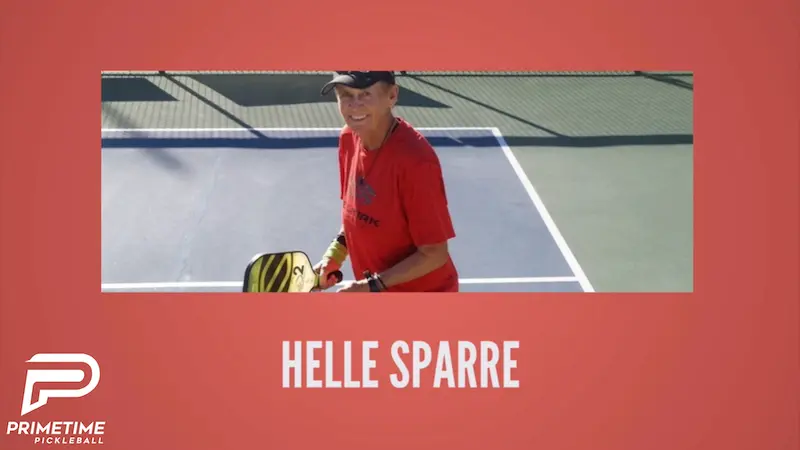
Helle is the creator of the Dynamite Double System which she originally developed and successfully implemented to help countless tennis players win more in doubles.
She has tweaked and adapted her system for pickleball. Clearly her system works as she herself has used it to win many Titles including the US Open and National championships.
She now teacher her system to pickleball players all across the country and is widely recognized as one of the best instructors around.
Helle will share some of the highlights of her system in today’s video, specifically she will bust the myth of “forehand takes the middle” and show us what she does instead.
Here’s what Helle Has To Say…
I’m going to share with you today how to cover the court with a partnership in doubles. How to cover 100%, especially down the middle.
That middle ball is the most important thing. So between the two of us I want to show you how we cover the middle with double coverage.
I’m going to be the diagonal player here from Jordan and I am NOT going to be facing the line. I’m going to be facing the person I’m hitting to (Jordan) so I’m slightly in an angle and my partner who is straight ahead from who I’m hitting to (Jordan) is in front of me.
She has what I call a “narrow V” and anything inside her “V” is hers.
I’m going to be a little behind her and anything behind her I’m going to back her up with my backhand.
So, we will have double coverage in the middle.

If Jenny doesn’t want to take it, I will take it ultimately, and that will be my ball.
Remember, I will not be facing the net head on, as mentioned. I’ll be at an angle facing the cross-court opponent.
The only reason I would face forwards is if the ball was in front of me.
Since it’s diagonal for me (cross court), I will face Jordon.
Today we’re playing, in a way, two against one.
I end up taking the majority of the balls. About 3/4 of the balls. Jenny just takes a little part of the court.
Now, if the ball should change direction and we choose to go in a different direction, I would then become the small/narrow “V” and Jenny would back me up and have the big/wide “V”.
Now I am straight ahead and I keep hitting it in front of myself. Jenny is now facing at an angle towards her cross court opponent.
I could trust that she’s got it, I can take it if I want to, but I can let it go if I want to do that and let Jenny take it.
We have double coverage.
What I don’t want to do is then hit cross court all of a sudden because that opponent will then just hit down the line on Jenny and totally surprise her as she is facing Jordan at an angle who is cross court from her.
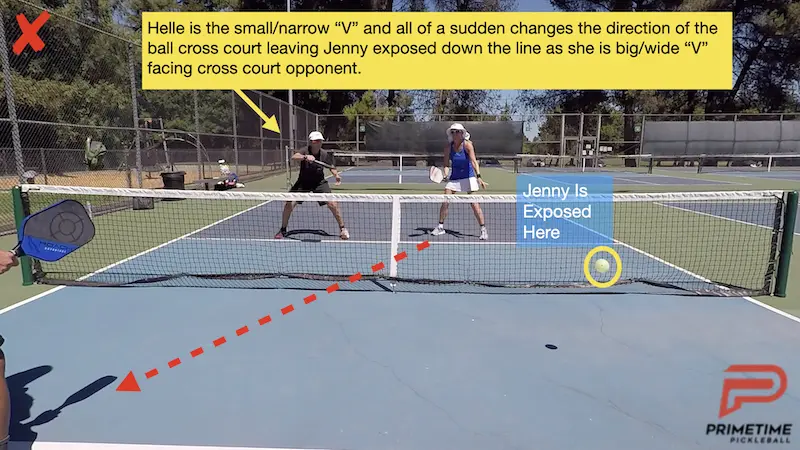
I owe it to my partner to hit it right back in front of myself and we have double coverage again.
If I want to change direction we need to hit a shot that’s slow enough where we have time to change our positions. If I did it too fast we would not be ready. I need to give my partner time to either square off or cover the middle and have an open stance.
So, that’s really how we do double coverage up here at the kitchen line as well as in the back.
Final Thoughts
We want to send a big THANK YOU to Helle for sharing a highlight from her winning pickleball double system with us today.
If you want more information about Helle or to get in touch with her please visit www.DynamiteDoubles.com
Get our free 3rd shot course here! –> 3rd Shot Drop Course


